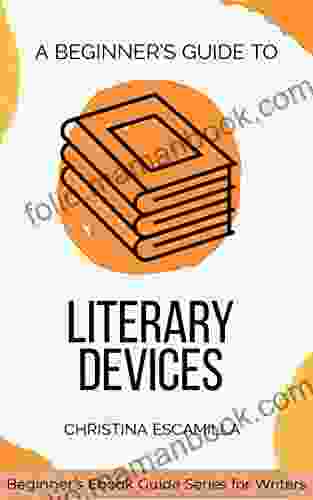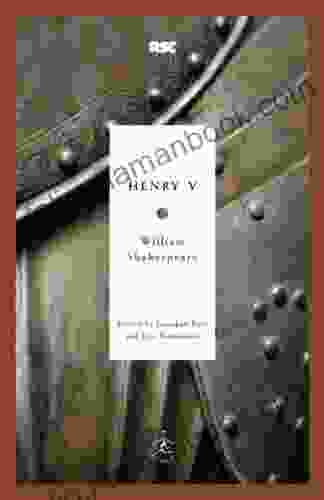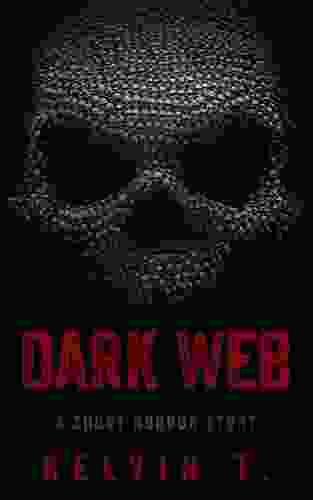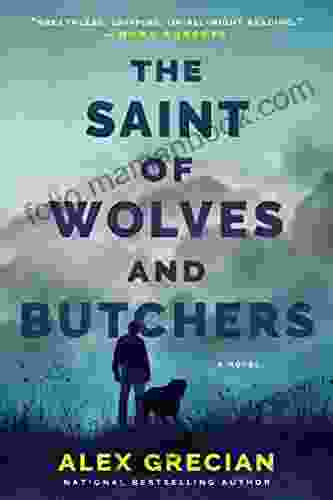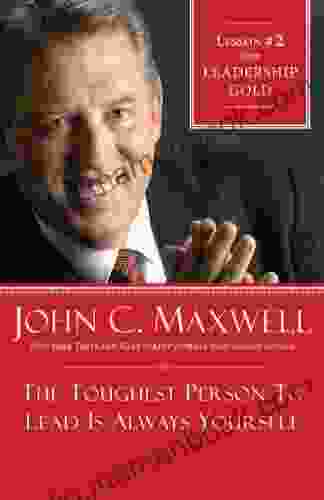A Beginner's Guide to Literary Devices: A Comprehensive Guide for Writers

5 out of 5
| Language | : | English |
| File size | : | 515 KB |
| Text-to-Speech | : | Enabled |
| Screen Reader | : | Supported |
| Enhanced typesetting | : | Enabled |
| Word Wise | : | Enabled |
| Print length | : | 18 pages |
Literary devices are essential tools in the writer's toolbox. They allow writers to enhance the impact of their writing, create vivid imagery, and engage readers on a deeper level. This comprehensive guide provides an in-depth exploration of various literary devices, their functions, and how writers can effectively incorporate them into their writing. Whether you're a beginner or an experienced writer, this guide will provide you with valuable insights and techniques to elevate your writing to the next level.
Figurative Language
Figurative language is a type of language that uses words or phrases in a non-literal way to create a vivid image or make a point. Some common types of figurative language include:
- Simile: A comparison between two unlike things using "like" or "as."
Example: "Her eyes sparkled like diamonds." - Metaphor: A comparison between two unlike things without using "like" or "as."
Example: "Life is a journey." - Personification: Giving human qualities to non-human things.
Example: "The wind whispered secrets through the trees." - Hyperbole: An exaggeration used for emphasis.
Example: "I'm so hungry, I could eat a horse." - Irony: Using words to convey the opposite of what is meant.
Example: "Isn't it ironic that the weather forecast is always wrong?"
Symbolism
Symbolism is the use of objects, characters, or actions to represent something else. Symbols can add depth and meaning to writing by creating layers of interpretation. Some common examples of symbolism include:
- The dove as a symbol of peace
- The red rose as a symbol of love
- The skull as a symbol of death
Imagery
Imagery is the use of sensory language to create vivid images in the reader's mind. It appeals to the five senses (sight, hearing, smell, taste, and touch) to bring writing to life. Some common types of imagery include:
- Visual imagery: Creates images in the reader's mind that they can "see."
Example: "The sun peeked over the horizon, casting a warm glow across the dew-kissed fields." - Auditory imagery: Creates sounds that the reader can "hear."
Example: "The gentle breeze whispered through the leaves, creating a soft rustling sound." - Olfactory imagery: Creates scents that the reader can "smell."
Example: "The air was thick with the sweet scent of jasmine." - Gustatory imagery: Creates tastes that the reader can "taste."
Example: "The chocolate melted in my mouth, releasing a burst of rich flavors." - Tactile imagery: Creates sensations that the reader can "feel."
Example: "The cold wind stung my face as I walked down the street."
Narrative Techniques
Narrative techniques are the strategies used to tell a story. They include:
- Point of view: The perspective from which the story is told (first person, second person, third person).
- Setting: The time and place where the story takes place.
- Plot: The sequence of events that make up the story.
- Character: The individuals who inhabit the story and drive the plot.
- Dialogue: The conversations between characters.
Descriptive Writing
Descriptive writing uses vivid language to create clear and detailed images in the reader's mind. It helps readers to visualize the setting, characters, and events in the story. Some common techniques for descriptive writing include:
- Sensory details: Using sensory language to appeal to the five senses.
- Figurative language: Using similes, metaphors, and other figurative devices to create vivid imagery.
- Specific and concrete details: Using specific and concrete words to create a clear and detailed picture.
- Organization: Organizing descriptive writing in a clear and coherent way.
Incorporating Literary Devices into Your Writing
To effectively incorporate literary devices into your writing, consider the following tips:
- Choose devices that enhance your story: Select literary devices that serve a specific purpose and enhance the impact of your writing.
- Use devices sparingly: Avoid overuse of literary devices, as this can distract readers and weaken your writing.
- Practice and experiment: The best way to master literary devices is to practice and experiment with different techniques.
- Read widely: Study the works of great writers to see how they effectively use literary devices.
- Seek feedback: Get feedback from other writers or editors to improve your use of literary devices.
Literary devices are powerful tools that can elevate your writing to the next level. By understanding the functions of different literary devices and how to incorporate them effectively, you can create vivid imagery, evoke emotions, and engage readers on a deeper level. Experiment with various techniques, practice regularly, and always seek ways to improve your craft. With dedication and a keen eye for detail, you can master the art of using literary devices and become a proficient writer who captivates and inspires your readers.
5 out of 5
| Language | : | English |
| File size | : | 515 KB |
| Text-to-Speech | : | Enabled |
| Screen Reader | : | Supported |
| Enhanced typesetting | : | Enabled |
| Word Wise | : | Enabled |
| Print length | : | 18 pages |
Do you want to contribute by writing guest posts on this blog?
Please contact us and send us a resume of previous articles that you have written.
 Top Book
Top Book Novel
Novel Fiction
Fiction Nonfiction
Nonfiction Literature
Literature Paperback
Paperback Hardcover
Hardcover E-book
E-book Audiobook
Audiobook Bestseller
Bestseller Classic
Classic Mystery
Mystery Thriller
Thriller Romance
Romance Fantasy
Fantasy Science Fiction
Science Fiction Biography
Biography Memoir
Memoir Autobiography
Autobiography Poetry
Poetry Drama
Drama Historical Fiction
Historical Fiction Self-help
Self-help Young Adult
Young Adult Childrens Books
Childrens Books Graphic Novel
Graphic Novel Anthology
Anthology Series
Series Encyclopedia
Encyclopedia Reference
Reference Guidebook
Guidebook Textbook
Textbook Workbook
Workbook Journal
Journal Diary
Diary Manuscript
Manuscript Folio
Folio Pulp Fiction
Pulp Fiction Short Stories
Short Stories Fairy Tales
Fairy Tales Fables
Fables Mythology
Mythology Philosophy
Philosophy Religion
Religion Spirituality
Spirituality Essays
Essays Critique
Critique Commentary
Commentary Glossary
Glossary Bibliography
Bibliography Index
Index Table of Contents
Table of Contents Preface
Preface Introduction
Introduction Foreword
Foreword Afterword
Afterword Appendices
Appendices Annotations
Annotations Footnotes
Footnotes Epilogue
Epilogue Prologue
Prologue Daniel S Lobel Phd
Daniel S Lobel Phd Jim1537
Jim1537 Richard Sheppard
Richard Sheppard Nina Sattler Hovdar
Nina Sattler Hovdar Diane Alber
Diane Alber Scarlett Grove
Scarlett Grove Alex Wellerstein
Alex Wellerstein Tim Severin
Tim Severin Mark Stone
Mark Stone Dylanna Press
Dylanna Press Michelle Cole
Michelle Cole Pam Denicolo
Pam Denicolo Emily Larkins
Emily Larkins Edith Eger
Edith Eger Stephen J Ball
Stephen J Ball Robert P French
Robert P French Johann Hari
Johann Hari Marybeth Gasman
Marybeth Gasman Thomas Piketty
Thomas Piketty Susan Harris
Susan Harris
Light bulbAdvertise smarter! Our strategic ad space ensures maximum exposure. Reserve your spot today!
 Jim CoxFollow ·9.8k
Jim CoxFollow ·9.8k Billy FosterFollow ·16.5k
Billy FosterFollow ·16.5k Jace MitchellFollow ·9.6k
Jace MitchellFollow ·9.6k Branden SimmonsFollow ·4k
Branden SimmonsFollow ·4k Howard PowellFollow ·15.2k
Howard PowellFollow ·15.2k David Foster WallaceFollow ·2.4k
David Foster WallaceFollow ·2.4k Roald DahlFollow ·9.1k
Roald DahlFollow ·9.1k Jason ReedFollow ·10k
Jason ReedFollow ·10k
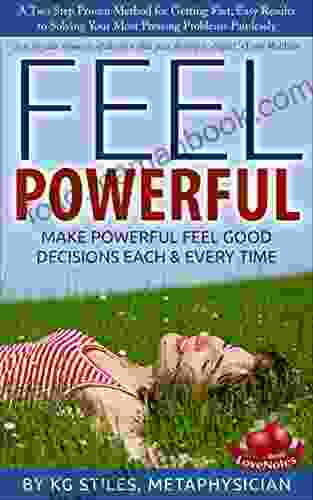
 Dean Cox
Dean CoxHow to Make Decisions Easily & Effortlessly: The...
The Different Types of Decisions There...
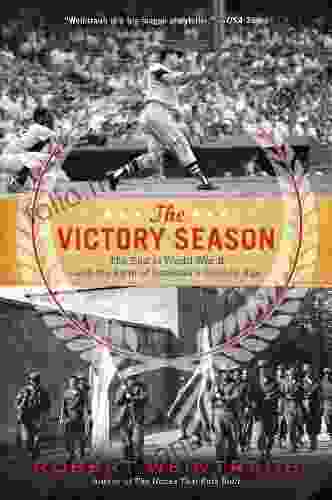
 Gustavo Cox
Gustavo CoxThe End of World War II and the Birth of Baseball's...
The end of...

 Patrick Rothfuss
Patrick RothfussThe Dantes: An 11-Family Saga of Billionaires, Soulmates,...
The Dantes is an epic family saga that follows...
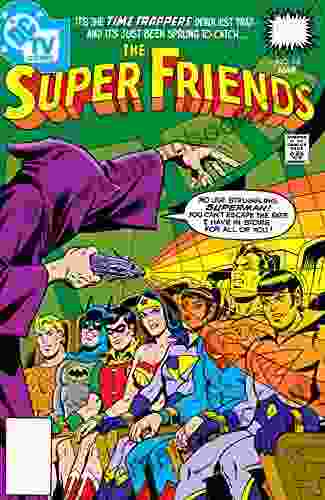
 Dylan Mitchell
Dylan MitchellSuper Friends: The Animated Adventures That Defined a...
In the vibrant landscape of American...
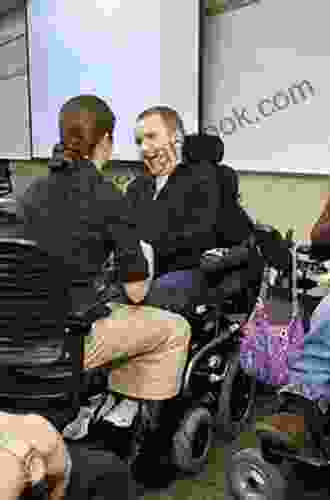
 Jamal Blair
Jamal BlairCollege For Students With Disabilities: We Do Belong
College can be a...
5 out of 5
| Language | : | English |
| File size | : | 515 KB |
| Text-to-Speech | : | Enabled |
| Screen Reader | : | Supported |
| Enhanced typesetting | : | Enabled |
| Word Wise | : | Enabled |
| Print length | : | 18 pages |


